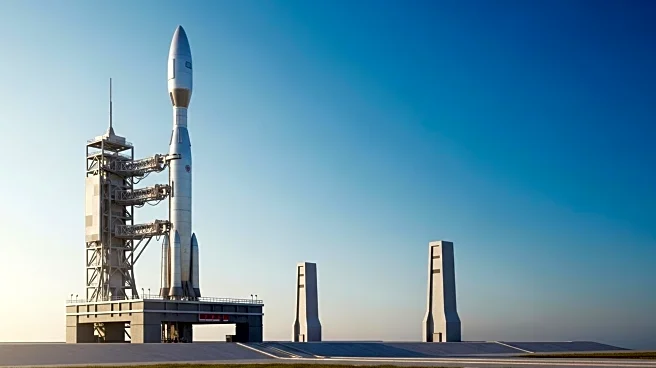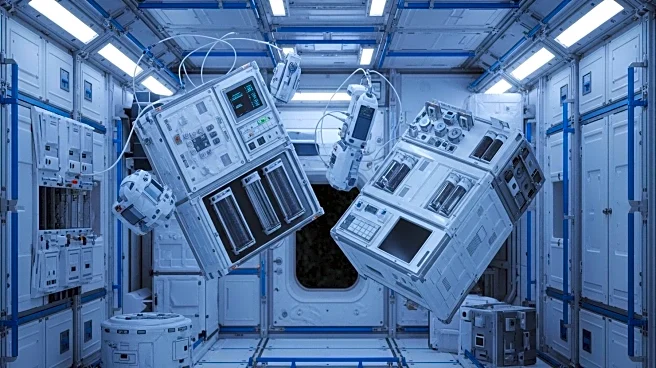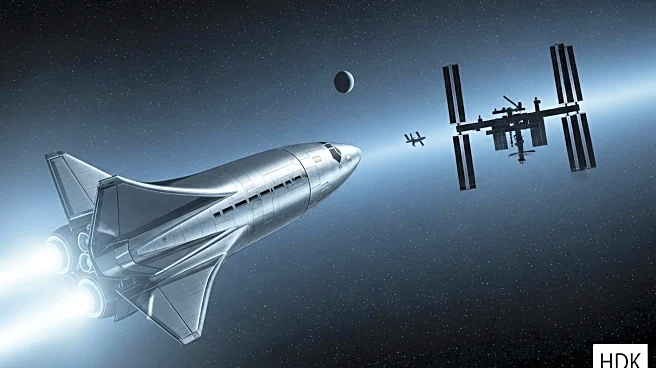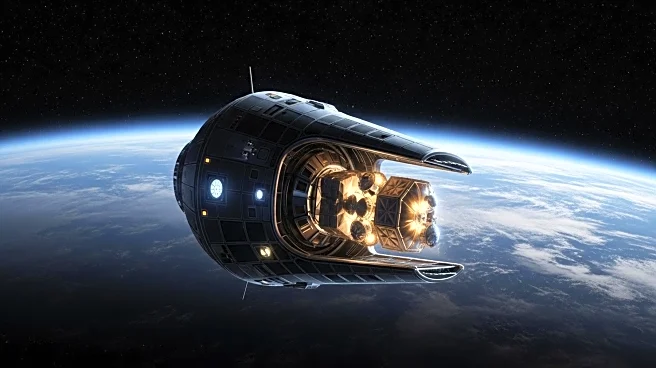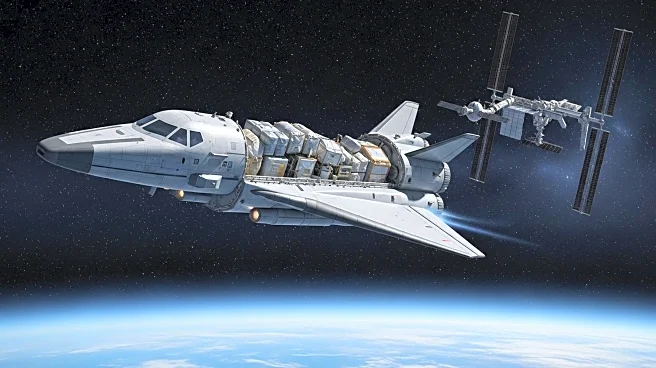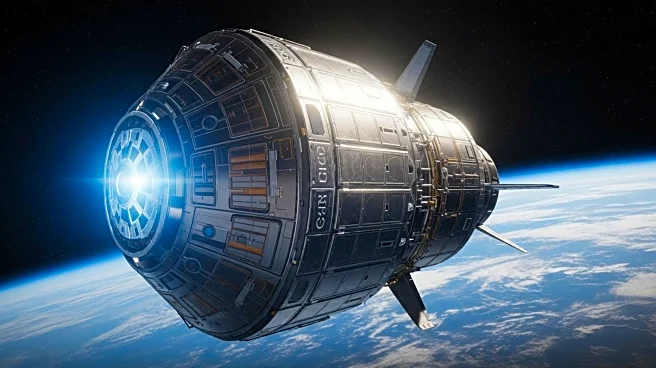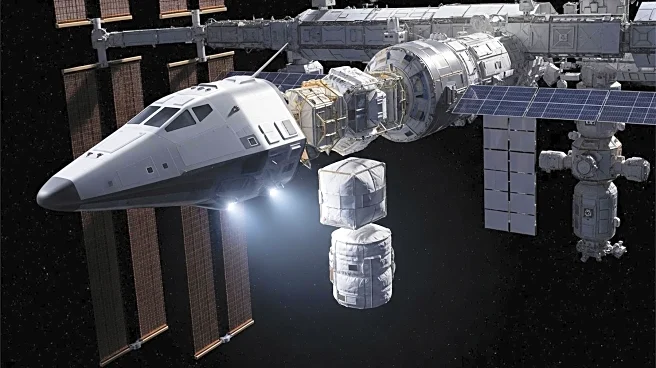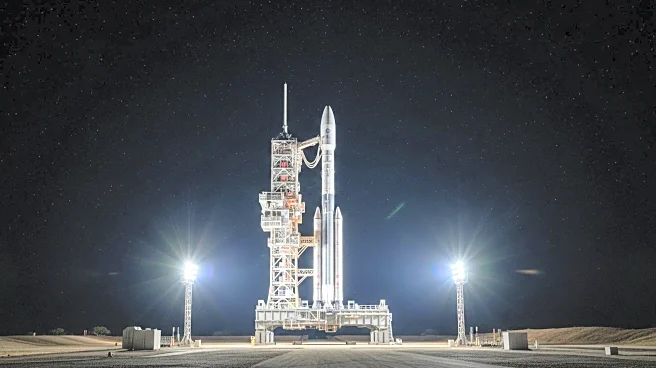What's Happening?
Launch companies are focusing on increasing flight rates to meet the growing demand from government and commercial sectors, despite facing setbacks. At the World Space Business Week conference, executives from companies like Blue Origin and United Launch Alliance discussed their plans to scale up flights of new vehicles. Blue Origin's Laura Maginnis highlighted investments in tooling and automation to dramatically increase launch cadence. The company aims to conduct multiple launches per month next year, although it has only completed one New Glenn launch this year. United Launch Alliance and Arianespace have also revised their launch projections downward, citing various challenges. Despite these setbacks, demand for launch services remains strong, driven by commercial constellation operators and geopolitical factors.
Why It's Important?
The push to increase flight rates is crucial for the commercial space industry as it seeks to capitalize on growing demand for satellite launches and other space services. Companies that successfully scale their operations could gain a competitive edge, securing lucrative contracts from both commercial and government clients. The demand is partly fueled by geopolitical developments, such as the proposed Golden Dome missile defense system in the United States, which could require numerous launches. This situation presents opportunities for companies like Northrop Grumman, which is developing the Eclipse rocket to serve national security space missions. However, the industry faces capacity constraints, which could limit growth and delay projects.
What's Next?
Launch companies are expected to continue investing in infrastructure and technology to increase their flight rates. Blue Origin plans to launch NASA's ESCAPADE Mars mission soon, while Arianespace aims to complete more Ariane 62 launches this year. The development of the Ariane 64 is progressing, with expectations of increased launches next year. Companies will need to navigate capacity challenges and maintain reliability to meet customer expectations. The industry will likely see further consolidation and strategic partnerships as companies strive to enhance their capabilities and market position.
Beyond the Headlines
The drive to increase launch rates highlights the broader trend of commercialization in the space industry. As companies invest in reusable technology and automation, they contribute to the long-term sustainability and affordability of space exploration. This shift could democratize access to space, enabling more entities to participate in space activities. Additionally, the focus on national security missions underscores the strategic importance of space capabilities in modern defense strategies, potentially influencing international relations and defense policies.

